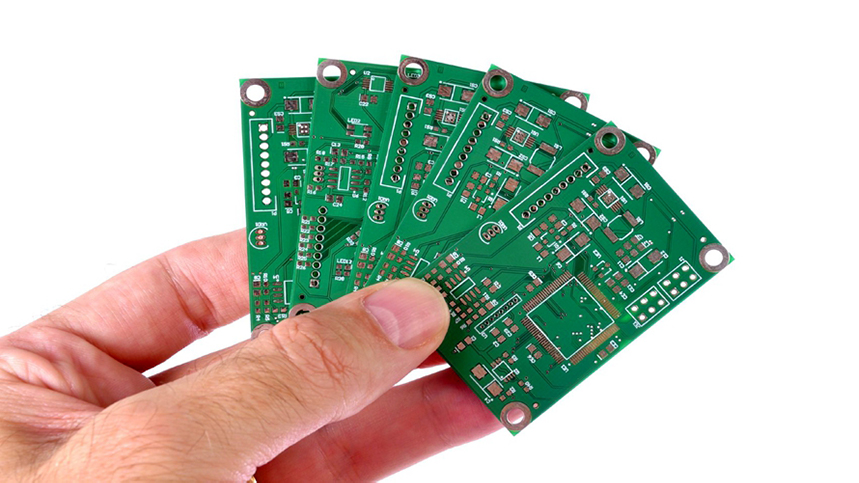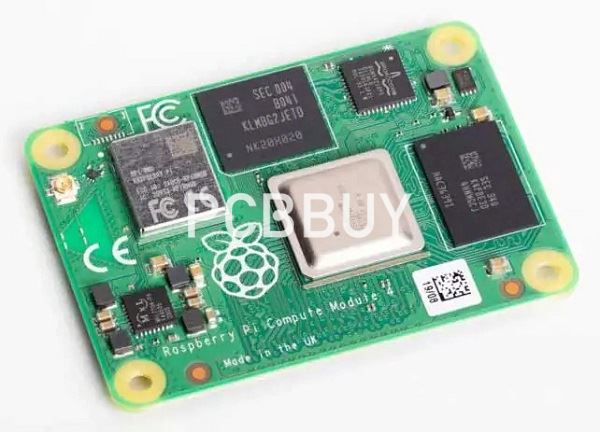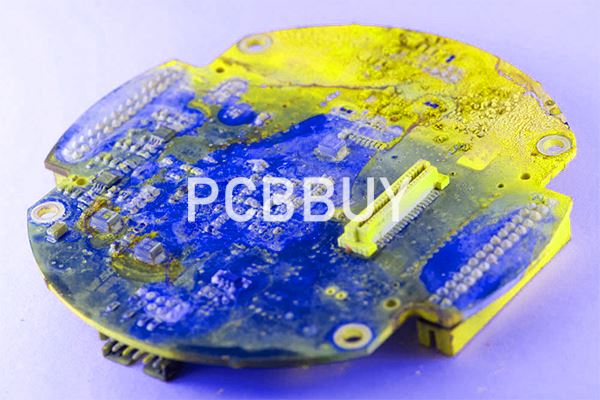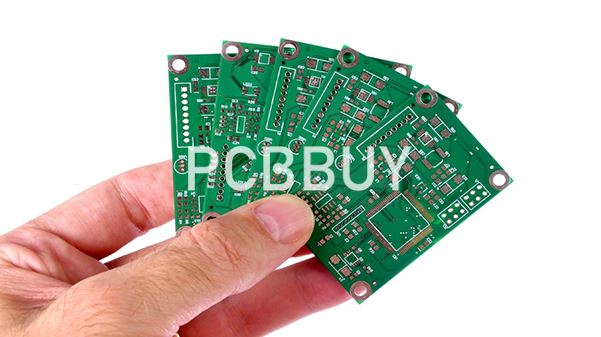How to Program A Custom PCB with All Useful Tips?
By:PCBBUY 03/09/2022 10:02

Identify what each part of your circuit does, and divide the circuit into sections according to function. For example, my LM386 audio amplifier circuit has four main sections: a power supply, an audio input, the LM386, and an audio output. It might help to draw some diagrams at this point to help you visualize the design before you start laying it out.
Do you know the process of programming A Custom PCB? If you are searching for more information about programming A Custom PCB, please check and read the content below for more professional knowledge.

What are the features of programming A Custom PCB?
‘Turnkey’ refers to a product or service that is ready for immediate use for the buyer and when applied to PCB assembly, this means that the supplier will handle all aspects of the PCB project. This includes the procurement of parts, components and the manufacturing of PCB. Turnkey PCB assembly uses an internet cloud-based software and PCB manufacturers to develop printed circuit boards quickly, efficiently and cost-effectively for small businesses. Essentially, a full turnkey solution allows you to have greater freedom to focus on designing PCBs whilst the supplier can handle the rest of the operations.
Should you send the file directly to the PCB manufacturer?
There are several necessary files you should share directly to PCB manufacturer for them to process a custom PCB order. Here is an outline of the essential data to include.
· All copper layers
· Share details about all paste, silkscreen, and solder mask layers.
· A valid silhouette, with slots and cutouts, indicates if possible.
· Submit at least one ASCII drill file in the Excellon format for every drilling process. The drill file ought to encompass tool codes as well as diameter information.
· Provide at least one fabrication drawing or suchlike documents.

What are the common problems of programming A Custom PCB?
What annoys me about all this is that programming and testing hardware is not needed by the final application and yet it consumes design time and board space.
I don’t get paid by the hour to design PCBs, so it’s irksome to incorporate LEDs, resistors, connectors, etc. into every single schematic and PCB that I create. Copy and paste can save some time, it’s true, but copying and pasting is not so easy with the layout, and of course everything has to be double-checked or otherwise diligently handled so as to ensure that there are no unpleasant surprises when the board comes back from the assembly house.
As far as board space, I think you all know that large circuit boards have gone out of fashion. Designers need to be in the habit of reducing or even minimizing component area, and in this age of microscopic integrated circuits a couple LEDs and their associated resistors can be a non-trivial contribution to the size of the PCB. A large connector for direct mating to the programmer module is far worse, and the situation deteriorates rapidly if you want to incorporate additional forms of feedback, such as an LCD or a buzzer.

How to program A custom PCB?
Laser routing is one of the popular approaches to depaneling. This procedure ensures that there is no physical contact with the board. Many producers consider laser routing to be ideal for sensitive and small PCBs used in the most recent wearable technologies. UV (355 nm wavelength) and CO2 (10.6µm wavelength) are the two lasers for PCB depaneling. The relative importance of cycle time and the neatness of the cut edge are the most important factors to consider when determining the type of laser to use.
Choosing the Right Laser Source It is important you determine the appropriate laser source for your depaneling needs. CO2 and UV lasers have their disadvantages and advantages. UV lasers Lasers that involve UV use “cold” cutting technology. UV lasers make it easy to control the thermal charring of the edge. Therefore, a UV laser is a better option if reducing char is more vital than speed.
Electrical Rules Check You can put some errors for pins with the help of colored checks. It will tell you instantly if there are any issues with the board and where that is originating. The last step is to check that you don’t have any short circuits within bets, pins touching each other, or any pin remaining unconnected. PCB Layout Design In this step, you can start placing all the components inside the design of the circuit board. You can then use ‘convert to PCB’ to ensure that the design creates the finalized product with every component in place. 10.
Component Placement This step can check the correct positioning of the parts. If you are using software for PCB design, you can already place components in place. But for better performance of the layout, experts like doing it manually. Ensure the regulator positions the micro USB connector, and the output is close to the input pin. You can then post the connector for programming in a place you think fits the design. After everything is in place, you can post the resistors, inductors, and the various capacitors we discussed.
Industry Category











